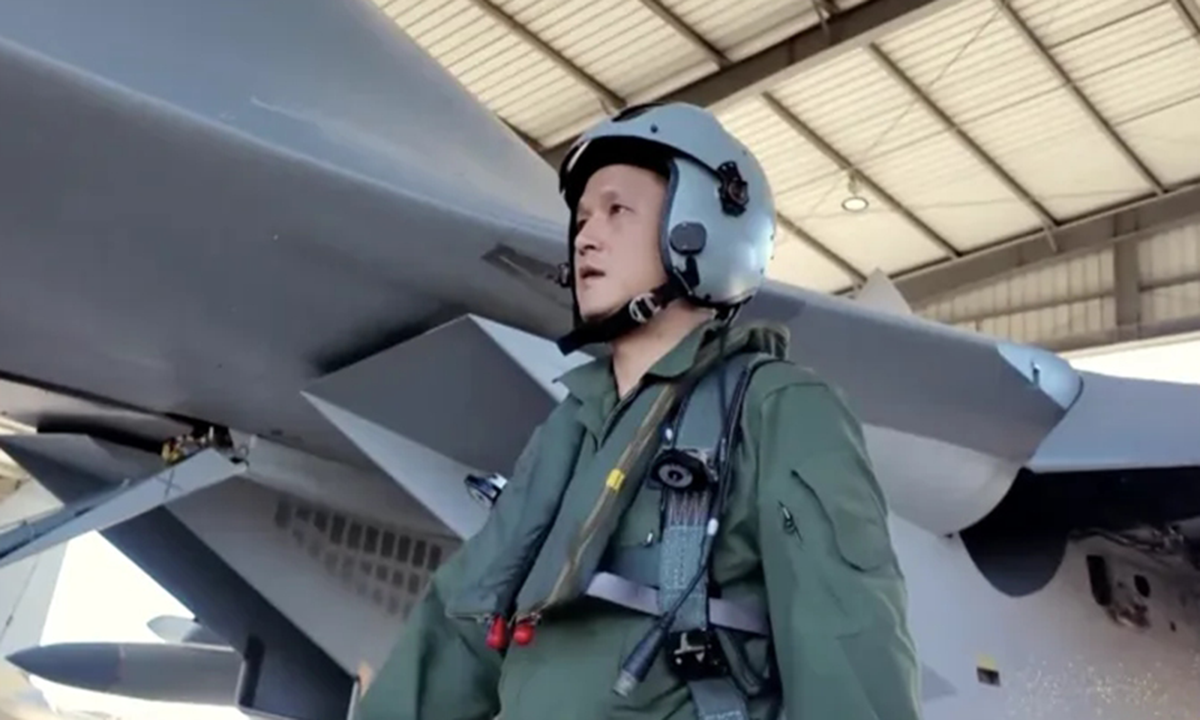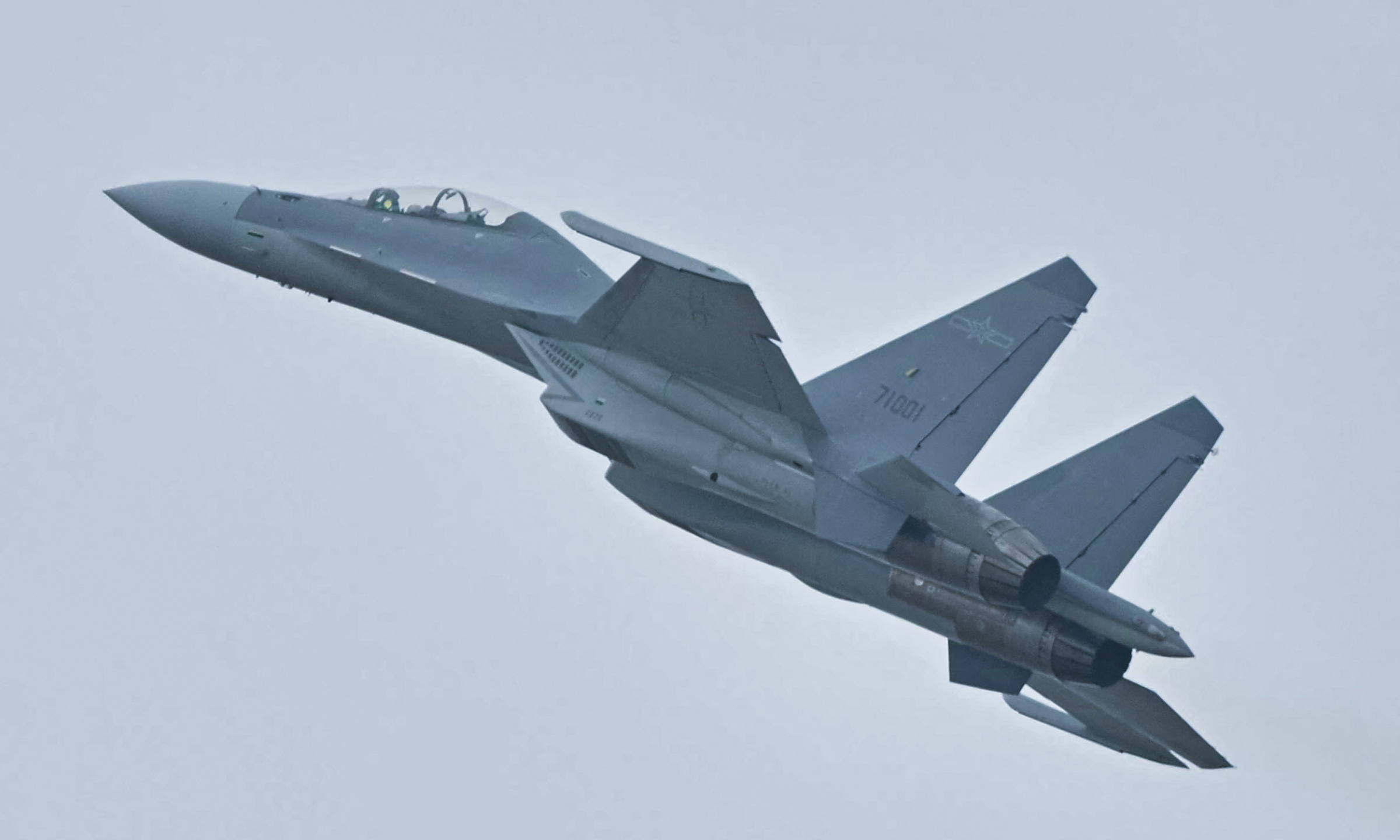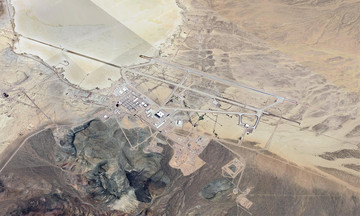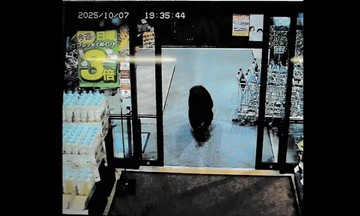In a documentary aired by China Central Television (CCTV) last week, pilot Li Chao recounted an intense encounter with "two foreign stealth fighter jets" during a coastal training mission with a J-16 multirole fighter in 2024. Li's account, which quickly garnered attention, described a close-quarters engagement where he asserted dominance over the foreign aircraft.
"The stealth aircraft formation headed directly towards us with clear provocative intent. The only option was to intercept them, as our national border was behind us," Li stated, emphasizing the defensive nature of his actions. He claimed to have initially tracked one aircraft, while the other fighter jet also locked onto his J-16, indicating a mutual detection.
 |
Pilot Li Chao in a photo posted on 2/10. *Photo: CCTV* |
Li detailed an aggressive maneuver, pulling up his fighter jet to perform a twisting motion and then flying inverted above one of the opposing aircraft. "At that moment, my cockpit canopy was only about 10-15 m from the opponent's canopy. After completing this maneuver, I simultaneously locked onto both foreign fighter jets. Ultimately, they had to retreat," Li recounted, highlighting the effectiveness of his tactic. CCTV reported this as the only such encounter, with foreign stealth fighters not reappearing in China's coastal waters since.
The pilot did not disclose the specific model of the foreign fighter jets, but military commentator Sumit Ahlawat of Eurasian Times suggested they were likely F-22s or F-35s. These two fighter models are frequently deployed by the US and its allies in the Indo-Pacific region for training, exercises, and patrols. However, some analysts expressed skepticism regarding the veracity of the Chinese pilot's claim that "the J-16 simultaneously locked onto two stealth fighters."
Ahlawat offered a theoretical perspective on the plausibility of the claim. He stated that a 4.5-generation fighter like the J-16 could, in theory, track targets with a small radar cross-section (RCS), such as the F-22 and F-35, especially at the close ranges Li Chao described. He further noted that the J-16 could utilize its infrared search and track (IRST) system to lock onto stealth fighters, which emit heat signatures.
 |
A Chinese J-16 fighter jet performs at the Zhuhai Airshow in 11/2024. *Photo: AFP* |
"Stealth fighters are optimized to be difficult to detect from the frontal aspect, but they still risk exposure from the rear or flanks," Ahlawat explained. "If a 4th-generation fighter maneuvers to approach from a non-frontal angle, its radar is capable of detecting stealth aircraft." This suggests that while stealth technology reduces frontal radar visibility, it is not foolproof against skilled pilots employing specific tactics.
The J-16 is a multirole fighter developed by China, based on designs from the Su-27 and Su-30MKK series purchased from Russia. Introduced in 2013, the aircraft made its public debut during a parade celebrating the 90th anniversary of the founding of the Chinese military in mid-2017. The J-16 is equipped with China's domestic radar and IRST systems. It is also the first fighter capable of carrying a full complement of Chinese-made weapons, including anti-ship missiles, air-to-air missiles, land-attack cruise missiles, satellite-guided smart bombs, and electronic countermeasures.
Aviation experts assess the J-16's capabilities to be comparable to Russia's Su-30M2 and the US's F-15E Strike Eagle, particularly for its precision ground-attack capabilities. Beijing currently operates about 300 J-16s and a unit of J-16D electronic warfare aircraft, similar to the US's EA-18G Growler, underscoring its significant role in the Chinese air force.
By Pham Giang (According to CCTV, Global Times, Eurasian Times)












